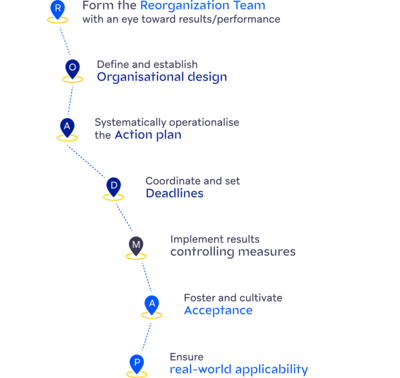Together, effective performance management and targeted performance monitoring via promoters, people, and a focus on projects and problem-solving reliably ensure that intentions to change are converted into implementation successes. A detailed presentation of our “Performance cycle/Performance radar®” is to be found in the current SMP7 brochure.
Any other questions? Then please talk to our experts.



![[Translate to English:]](/fileadmin/_processed_/b/3/csm_aquarell-portrait-benjamin-niethammer-1400x1050_2a20bc5c33.png)
![[Translate to English:]](/fileadmin/_processed_/d/9/csm_SMP_Management-Team_Ansprechpartner_Faerber-Portrait_4_3_1ad5f74e48.png)
![[Translate to English:]](/fileadmin/_processed_/1/8/csm_SMP_Management-Team_Ansprechpartner_Dussen-Portrait_4_3_4c6702d661.png)
